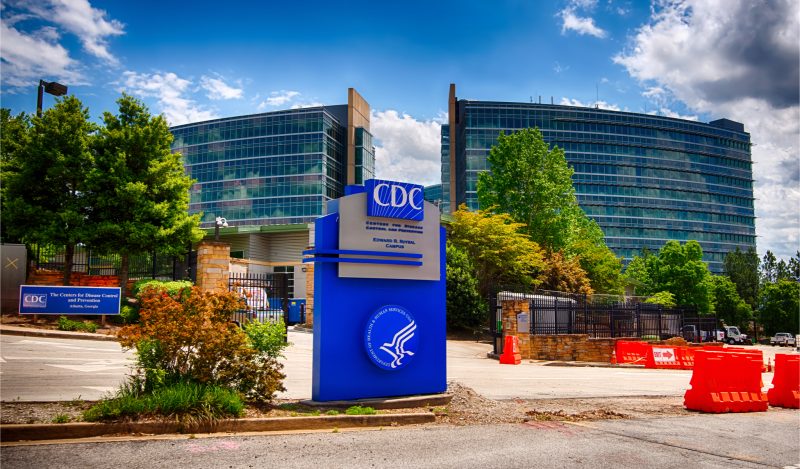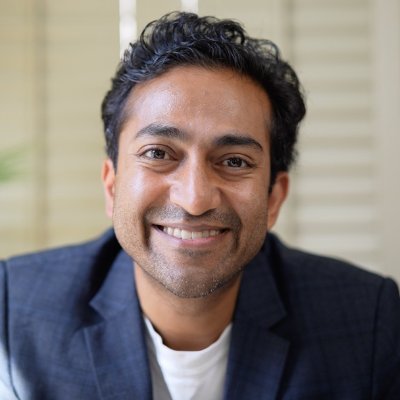Building trust in institutions is vital to their success, but as we enter the third year of the pandemic, public health still seems hellbent on destroying itself.
In recent weeks, we have seen flip flops on major policy proposal: a vaccine passport for domestic air-travel and authorizing the Pfizer vaccine for kids ages 6mo-4 years. These were publicly flirted with, but eventually abandoned. The administration has pushed medical products through, without the traditional advisory boards (as in the case of the 4th dose for Americans over 50). We have witnessed absurd contradictions – that Kyrie Irving can watch the basketball game from the first row, but not play on the court – and worse, that this rule only applies in New York city.
Finally, the prospect that mask mandates may return in the fall looms over us, even as our rules become more absurd, with restaurant servers and preschoolers acting as the last, powerless people tasked with masking for all. Public health, the institution, must own these absurdities and contradictions because the CDC has the scope and authority to correct them with clear guidance. Just as we need trust, public health seems poised to destroy it . Let’s consider these cases:
In early October 2021 Ashish Jha, the newly selected Biden COVID Czar, suggested a vaccine mandate for domestic air travel, a view he reiterated in late January 2022. On Dec 27th, Anthony Fauci emphasized the idea of a vaccine passport for domestic air travel. Politico reports that Dr. Jha has long advised the administration on health policy, and Dr. Jha has confirmed he received “updates and announcements” from the administration prior to his appointment. Then silently, the proposal was abandoned with no action taken. As a close observer, I was confused as to what happened.
Similarly, in Feb 2022, the FDA asked Pfizer to submit data from an ongoing, and to date, negative trial for vaccination in kids ages 6mo to 4 years. An advisory committee was scheduled to discuss the results, which was leaked to news outlets as a reduction in symptomatic cases – one of the trial’s secondary objectives. Then, at the penultimate moment, the application was withdrawn and the advisory committee was cancelled.
These flip flops were jarring. In the latter case, many parents were crushed, and felt as if the rug were pulled out from them. Scientists voiced protest, suggesting the vaccine be approved anyway. But I was most concerned that an approval based on inadequate data would further poison vaccine hesitancy at all ages, and for other vaccines (so called spillover effects). Even as it stands, this whipsaw news coverage may yet undermine parental trust.
Last year, the top two officials at US FDA famously resigned, citing pressure from the White House to approve boosters (a 3rd dose) for all adults, despite inadequate data showing benefit at young ages. Now without this institutional memory, the White House pushed ahead with an ambitious plan to authorize a 4th dose of the original, ancestral Wuhan strain mRNA product for anyone 50 or older. The advisory committee, a bulwark of transparency and independence, was skipped and the product has now been pushed through.
This is a controversial decision because the data showing a 4th dose helps older people is based on observational studies, which are often unreliable, and, in this case, plagued by the bias that wealthier people preferentially sought it out. Better outcomes after a 4th dose cannot be disentangled from better socioeconomic factors.
Moreover, there are underappreciated risk of more doses of the same vaccine, including original antigenic sin. This term means that at some point in the future, if we authorize a different vaccine made to target a new variant, recipients of 4th doses of the older vaccine may be more likely to mount an antibody response to the original strain and not the modified spike protein. This is an unknown risk to the current policy.
The public saga of Kyrie Irving reminded the world just how absurd COVID policies can be. Mr. Irving is an employee of the Brooklyn Nets, and was subject to NYCs employer vaccine mandate. As such he could not work in NYC. But NYC dropped the vaccine and mask mandate to attend Brooklyn Nets games. Kyrie could stand in the front row and cheer, but he could not stand on the court. He could also play during away games, and visit unvaccinated players who could play in New York. The policy was so contradictory that Kevin Durant, a teammate, called it ‘ridiculous’. In response to criticism, the mayor exempted athletes from the mandate, a band-aid solution that makes the policy even more unjust to average workers, and is now what some are calling the “Kyrie carveout.”
Finally, we continue to be obsessed with masks. Masking kids, preschoolers, and possibly restoring mask mandates in the Fall, if cases rise. This rhetoric belies the deep truth: we know very little about when and if community mask mandates slow the spread.
Moreover, in a country where any adult who wishes to get vaccinated for the last year could get vaccinated, the purpose of mandatory masks, even if they work (like tight fitting n95s), seem pointless. Sars cov 2 will eventually infect nearly everyone on earth, a fact acknowledged by Anthony Fauci. Delaying this inevitability while stoking political anger seems a foolish proposition.
Public health is, to some degree, responsible for these contradictions, inconveniences, and irrationalities. Government agencies and actors have failed to articulate the goals and failed communicate uncertainty, especially around masking kids – an intervention where the US deviates from Europe and the World Health Organization.
The Surgeon General is on a hunt for misinformation, and upset with podcaster Joe Rogan, but appears entirely incapable of introspection. Trust in public health is gone not despite the actions of public health, but because of them. When a star dies, it may shower pieces across the galaxy, and if public health implodes, Americans will seek out snake-oil salesman and charlatans, and we will have only ourselves to blame.
Republished from the author’s Substack
Join the conversation:


Published under a Creative Commons Attribution 4.0 International License
For reprints, please set the canonical link back to the original Brownstone Institute Article and Author.









